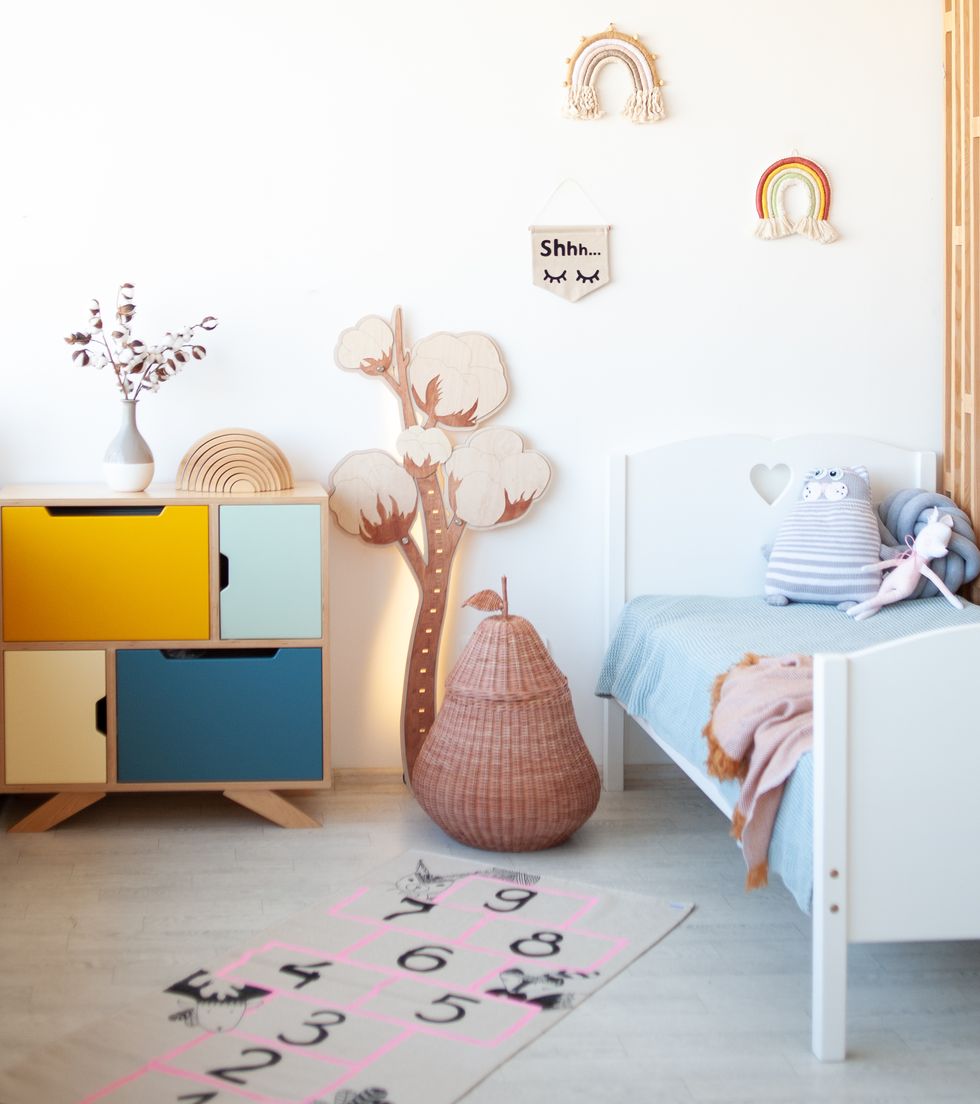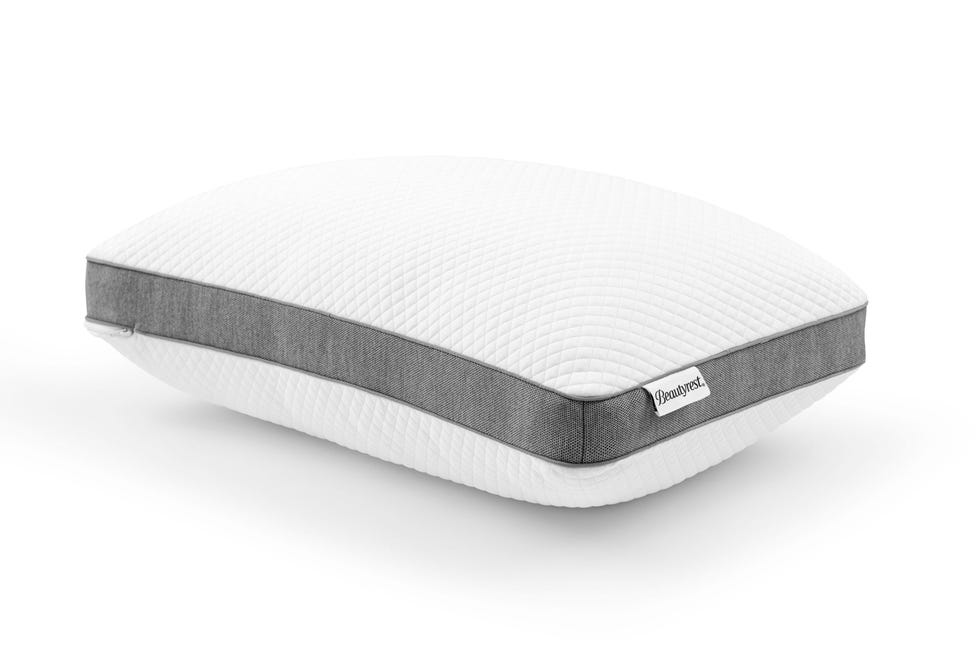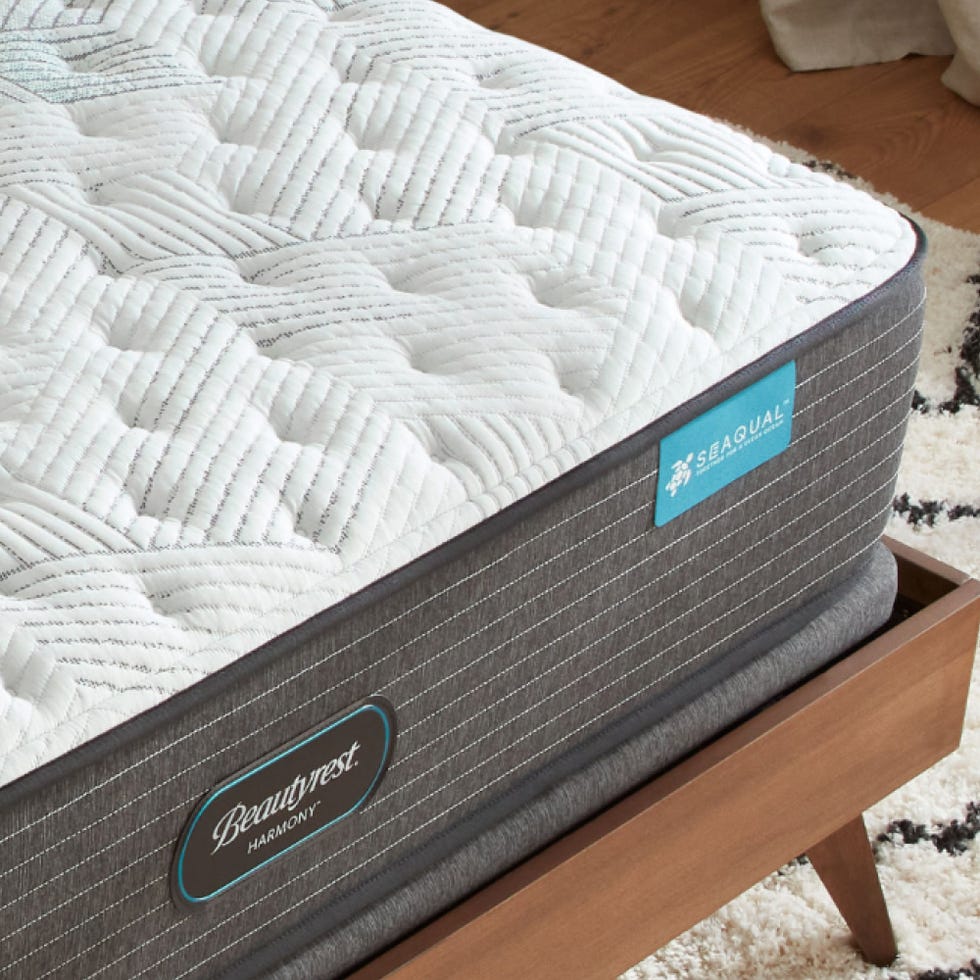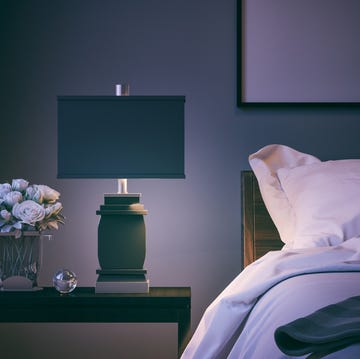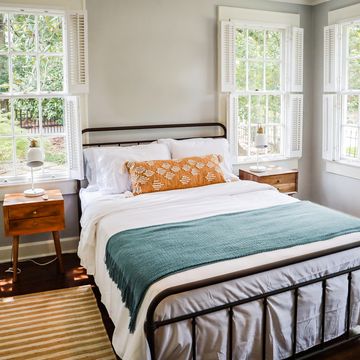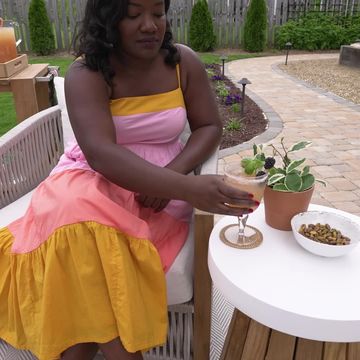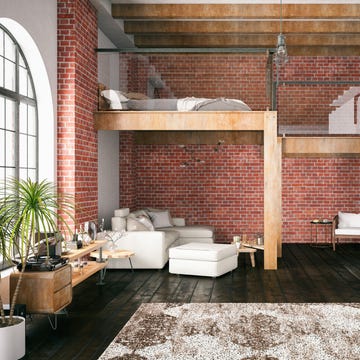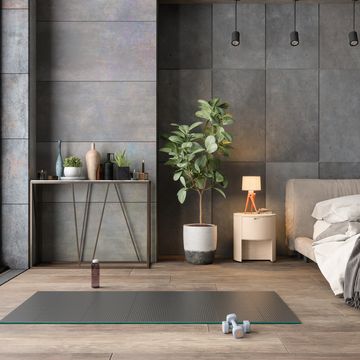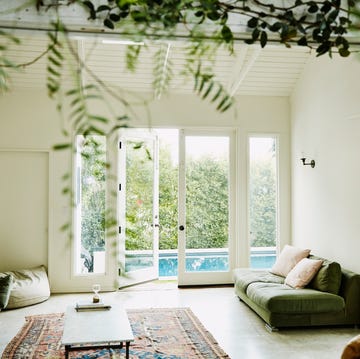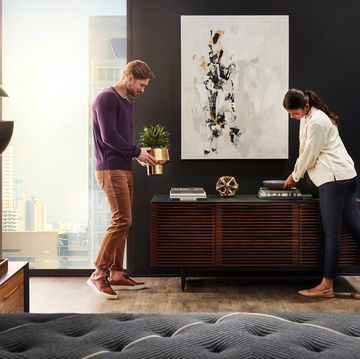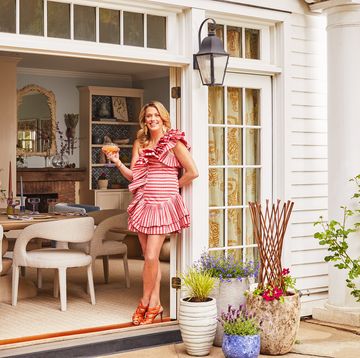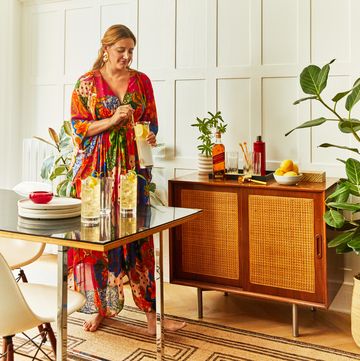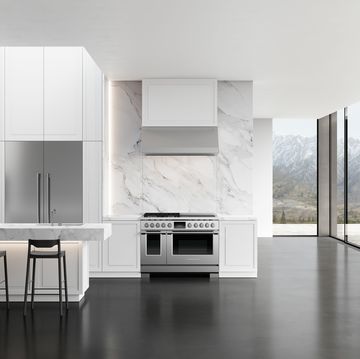Whether it's a kindergartener deciding their circus-themed bedroom is "for babies," or a preteen demanding a bunk bed so they can host sleepovers, sooner or later every parent will be on the receiving end of insistent bedroom-design requests from their child. "If you have a kid who hasn't asked to redo their room, you're one of the lucky ones!" says New York City-based interior designer Emma Beryl.
How do you curate a room that they'll love but that will also grow and evolve with them—without spending a fortune on renovations every few years? In our guide, Beryl and Houston-based interior designer Kayla Jacks share their advice for making simple updates that will have lasting impact at every age range.
Ages 4 to 6
1. Upgrade to a twin or twin XL mattress.
"At this age, we transition little clients from a floor bed or a trundle to a twin-size bed with a fun frame," says Jacks. When choosing a mattress, go with one that's supportive and made from high-quality materials, like a Beautyrest Harmony. The style offers a range of firmness options to help support spinal alignment as kids grow, and features cooling technology.
If you'd prefer not to upgrade your child's mattress again for several years, consider a twin XL size—five inches longer than a standard, it will give your little one a bed that they can literally grow into. It's a worthwhile investment since a good mattress should otherwise last 8 to 10 years.
2. Swap in (some) decor that caters to their interests.
"This is when they are going to want their favorite TV show character everywhere," Beryl says. "So add a few supplemental pieces they like such as lamps, art, and pillows. They'll be just as excited to be in their room, yet it won't require expensive changes when they find a new favorite color or character." The key here is a balance between stability and flexibility, Jacks adds: "Their room should feel like them—in the most aesthetic way—so as the seasons change and the kiddo keeps evolving, they feel at home and inspired by their own space."
3. Prioritize reading.
Whether they're sounding out words on their own or begging you for "just a few more pages" before lights out, this is a great time to encourage reading. "We like to include lots and lots of books in spaces for this age group," says Jacks. "Keeping them accessible encourages more individualized play and learning as they're starting school and getting more into reading."
A corollary to increased reading, of course, is a need for better lighting. "Definitely add sconces or another form of reading light," says Beryl. "They may want to read before bed, and softer lighting will help them wind down."
Ages 7 to 10
1. Update their bedding.
Kids in this age range are starting to develop their own style. "A good way to involve them in this change is through bedding," says Beryl. "A relatively inexpensive purchase is new sheets or a duvet cover—a quick change that will make them feel proud of their room. In addition, it will keep you from spending a lot on something you can't be sure will be around long."
This is also an opportunity to refresh functional bedding essentials. A high-quality protector, like the Beautyrest by Nate Berkus option, will keep their mattress in better shape longer by providing a waterproof barrier against moisture, mold, mildew, dust mites, and allergens. Meanwhile, since pillows should be replaced after one or two years, now is a good time to invest in one with built-in cooling technology, such as Beautyrest's Absolute Rest—especially if you have a child who sleeps hot (aka a sweaty kid).
2. Add a desk and additional storage.
Both designers say these are vital at this stage. "This is when they start to have homework, and your kid is going to need somewhere quiet to do work," says Beryl. "The desk will give them extra storage and a designated space for school-related objects, too, which keeps your kitchen table from becoming a dumping ground."
According to Beryl, more bookshelves will help too. "This is a storage space that can fill up as they get older. They will be reading more and more for school and for leisure, and having a place to display all the books they've finished is motivation to keep going."
3. Carve out play space.
Don't forget to make room for fun! "Friends are going to be coming over now, and not all activities will need constant parental supervision," Beryl says. "A space for them to play with their friends is essential to keeping the mess (and noise!) out of your living room. This could mean a small table and two chairs, or a little carpet near their toy storage—it doesn't have to be big."
Ages 11 to 14
1. Invest in a "grown-up" bed frame and mattress.
Now is the time to consider upgrading to a full- or queen-size bed. "It is important to purchase a bed frame they can continue to grow into, even if it is as much about evolving styles as about needing a bigger bed in a few years," Beryl says. "Go with a neutral frame that will work with any color of paint or bedding."
As for the corresponding mattress, you may want to let your teen decide what type of firmness they prefer. All of Beautyrest's mattresses are designed with pocketed coil technology and premium materials, and it's easy to let your kid test them in person at one of the more than 3,000 retail partners.
2. Rethink the space and how they'll use it.
Beryl recommends a full-length mirror to make getting dressed in the morning easier, as well as some added seating. "It can be a lounge or a bean-bag chair," she says. "Whatever it is, it's important to give them a space that isn't their bed to relax in after a long day of school," so the bedroom can be a true refuge.
This is also when design interests start to become more mature. "We typically start incorporating more adult-style furnishings, like a vanity or new nightstands," says Jacks, who also notes that kids this age need way more storage. "Privacy reigns for preteens and teens," she explains. "We typically include plenty of closet storage, under-bed storage, and even dresser organizers. It all helps encourage their own process for storing, organizing, and keeping their space theirs without much interference from Mom and Dad."
3. Sneak in good sleep hygiene.
You may not win the bedtime wars with these kids, but there are nonetheless small changes you can make to encourage a good night's sleep. "One essential is blackout blinds," says Beryl. "Your preteen is going to be staying up later than you know, so good shades will help them get quality sleep." She also recommends creating a tech zone. "This could be a corner of the room or on their desk," she says. "A space where their tech gets plugged in for the night will keep the room organized and also help them wind down."


